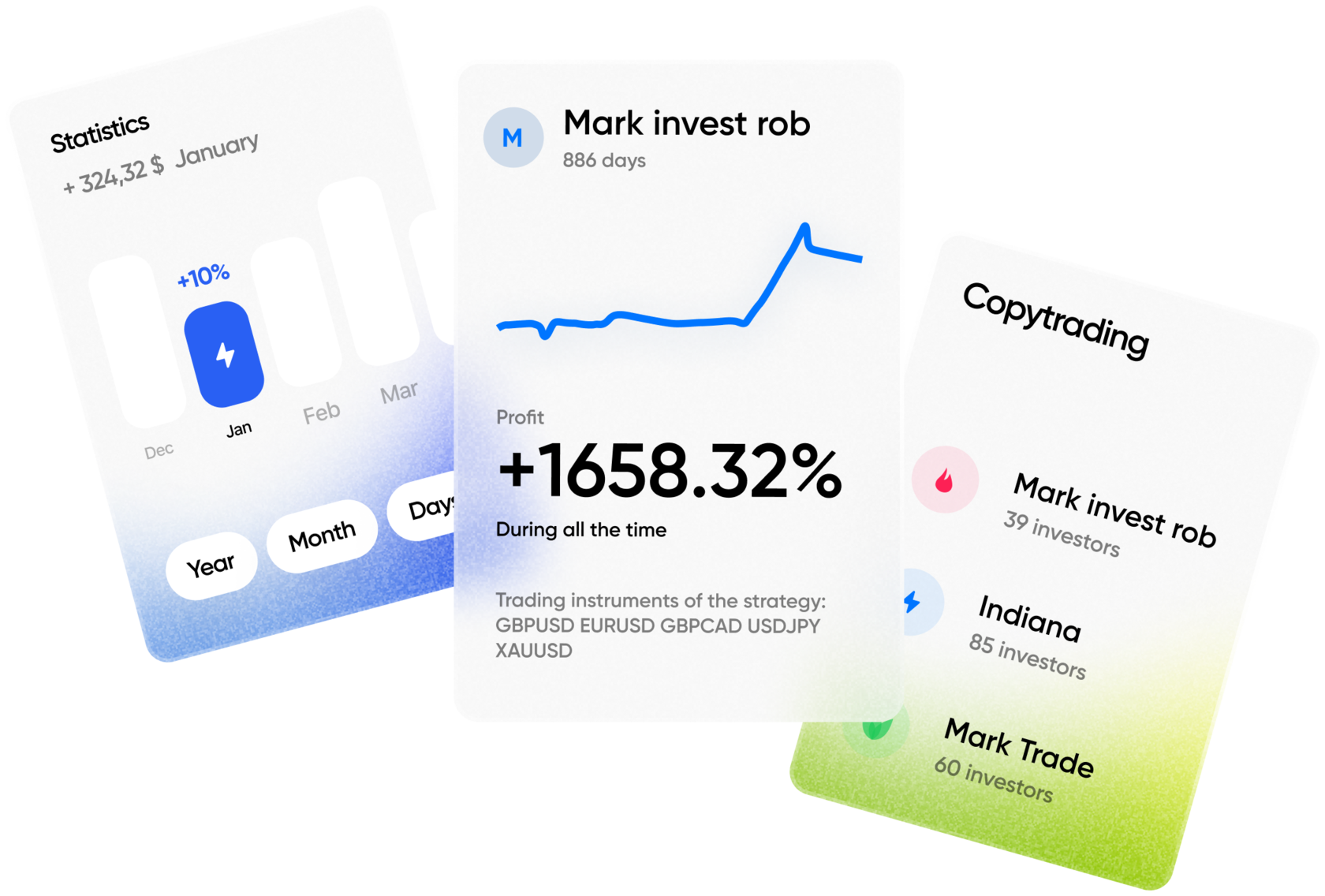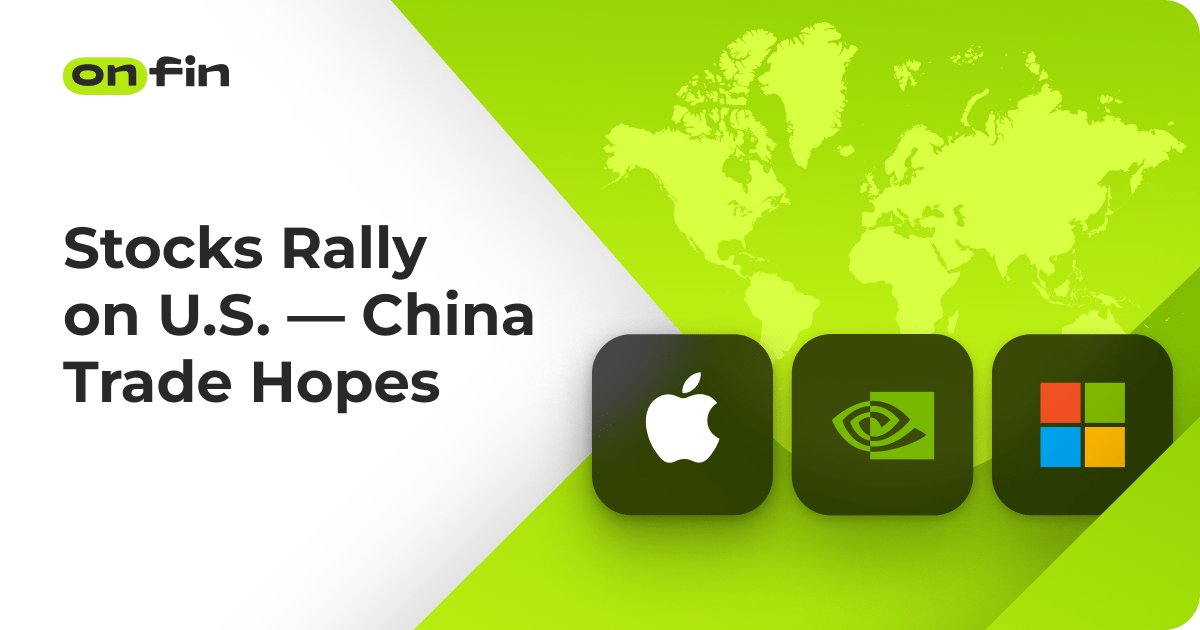Global stock markets finished the week on a high note, with major indices in both the United States and Europe posting strong gains on Friday, April 25, 2025. The rally was fueled by renewed signs that the United States and China could be moving toward a compromise in their long-standing trade dispute, lifting investor sentiment and sparking cautious optimism across financial markets.
The benchmark S&P 500 closed the week up 4%, while the pan-European STOXX 600 index rose by nearly 3%, reflecting broad-based advances across sectors. Technology, industrials, and financials led the gains, as investors grew hopeful that easing trade tensions could provide a much-needed boost to the global economic outlook.
Market Reaction to Signs of Progress
According to analysts cited by Reuters, the upward momentum in equity markets was largely driven by a series of positive signals indicating that trade talks between Washington and Beijing were making progress behind closed doors. Comments from senior U.S. officials, combined with reports that Chinese negotiators were open to key concessions, sparked hopes that a more constructive dialogue was underway.
Michael Mullaney, head of global market research at Boston Partners, noted that “markets appear to be pricing in a softening in the tone of negotiations.” He emphasized that while a comprehensive agreement was still uncertain, even incremental steps toward de-escalation were enough to lift market sentiment after weeks of volatility.
“The hope of a framework for gradual tariff reductions is what’s providing relief to equities,” Mullaney said. However, he also cautioned that the situation remains highly fluid, and that unexpected developments could easily reverse recent gains.
Trump’s Move to Pause New Tariffs Boosts Optimism
Adding to the positive mood was President Donald Trump’s recent decision to suspend the imposition of the harshest import tariffs on certain countries until July 2025. The move was widely seen as an olive branch aimed at cooling tensions not just with China but also with key allies in Europe and Asia.
Market participants interpreted the decision as a sign that the Trump administration was willing to pursue a more flexible, negotiated approach to trade policy in the near term. Nonetheless, many investors remained wary, mindful that previous rounds of negotiations have frequently broken down, leading to sharp market corrections.
“Trump’s suspension of the tariffs buys some time for diplomacy, but the underlying issues are far from resolved,” said a strategist at JPMorgan. “Markets are riding a wave of optimism, but that could quickly evaporate if talks stall again.”
Volatility Remains a Risk
Despite the strong end to the week, analysts warned that stock markets remain extremely sensitive to news headlines surrounding trade negotiations. Any sign of a breakdown in talks or a re-escalation of tariff threats could quickly trigger renewed selling pressure.
Historical patterns from previous phases of the U.S.–China trade conflict have shown that markets tend to react swiftly and sharply to even minor developments, underscoring the fragile nature of the current optimism.
In addition, concerns about slowing economic growth in Europe, weaker-than-expected earnings reports from several multinational corporations, and uncertainty over upcoming central bank policies continue to weigh on broader investor sentiment.
Sector Performances and Investor Behavior
In the United States, technology giants such as Apple, Microsoft, and NVIDIA saw notable rebounds, contributing significantly to the S&P 500’s strong performance. Meanwhile, in Europe, banks and industrial companies led the STOXX 600 higher, benefiting from the improved risk appetite and expectations of stronger global trade flows.
Investor flows into equity ETFs surged toward the end of the week, according to data from EPFR Global, suggesting that institutional investors were cautiously re-engaging with risk assets after weeks of defensive positioning.
Safe-haven assets like gold and U.S. Treasury bonds, while still holding strong due to broader macroeconomic uncertainties, saw a slight outflow of capital as traders rotated back into stocks.
Looking Ahead
While Friday’s rally marked a much-needed reprieve for weary investors, market experts caution against overconfidence. The next round of scheduled trade negotiations between U.S. and Chinese officials is expected to take place in early May, and the outcomes of those talks will likely set the tone for market direction heading into the summer months.
“Patience and discipline remain essential,” Mullaney concluded. “We’re seeing encouraging signs, but this remains a headline-driven market, and volatility could return at any moment.”
As April draws to a close, market participants are bracing for a series of key economic data releases, corporate earnings updates, and political developments that could either solidify recent gains or reignite uncertainty.







